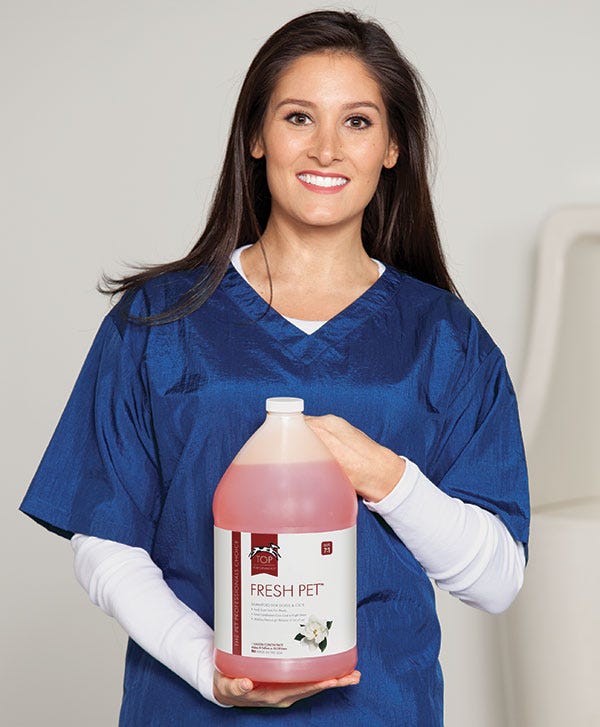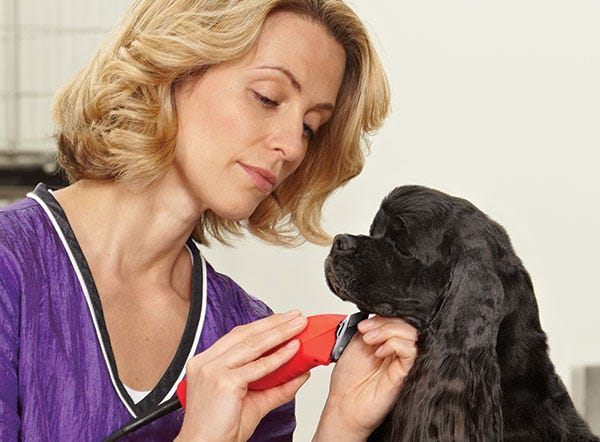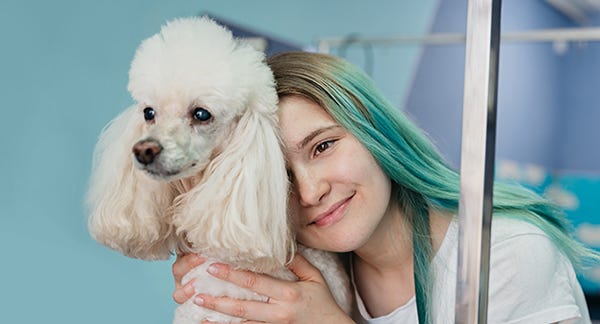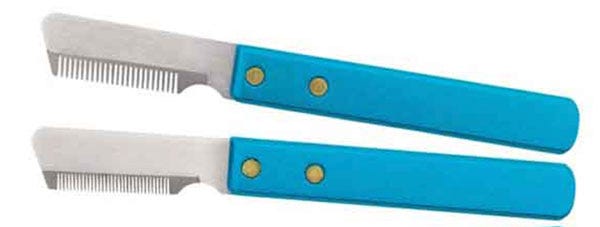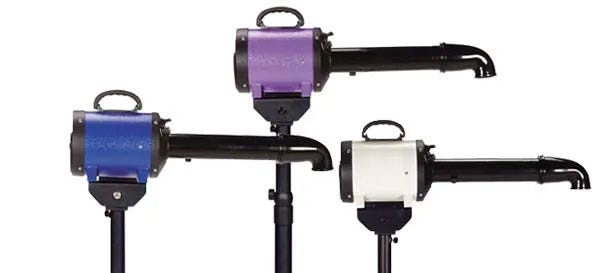I once worked as a dishwasher and still remember being told to make my job easier; let the tough pots and pans soak in soapy water for a while. I didn’t understand why at the time but it certainly worked. Baked on food that wouldn’t scrape off came off with a few swipes after just a few extra minutes.
I didn’t know why until I learned about shampooing dogs. People worry about dog shampoo containing soap and/or detergent – it has to. That’s what cleans. There are some that are harsher and some gentler, but shampoo has to have a cleansing agent in order to work. They are surfactants (surface acting agents) and their job is to lower the surface tension of water, allowing the molecules in it to more readily bind with oils and dirt. So you apply shampoo to a wet dog, lather it in, and rinse it off and what’s happened is that one end of the molecules in it are attracted to water (hydrophilic) and the other end is attracted to oils and dirt (hydrophobic). So when you rinse it off, it’s broken up and grabbed all the oils and sebum on the skin and hair and all the dirt on them and away it goes down the drain with the water.
So what about that greasy Cocker or that filthy once-a-year Great Pyrenees? You’ll probably have to wash it twice no matter what, but you can make your shampoo much more effective by allowing the sudsed up shampoo to sit on the dog for longer than usual just like those hard to clean pots and pans. This gives the detergent time to bind with the oils and dirt taking more of it off in each shampoo. It’s true that time is money, but so is shampoo, water, and electricity and you may be able to use that time wisely – for instance, if you soap the dog up and then do the nails right in the tub you’ve doubled your use of that time and given the shampoo its best chance to work well.
By Carol Visser, Journalist, Master Pet Groomer, Certified Dog Trainer, Pet Product Expert

